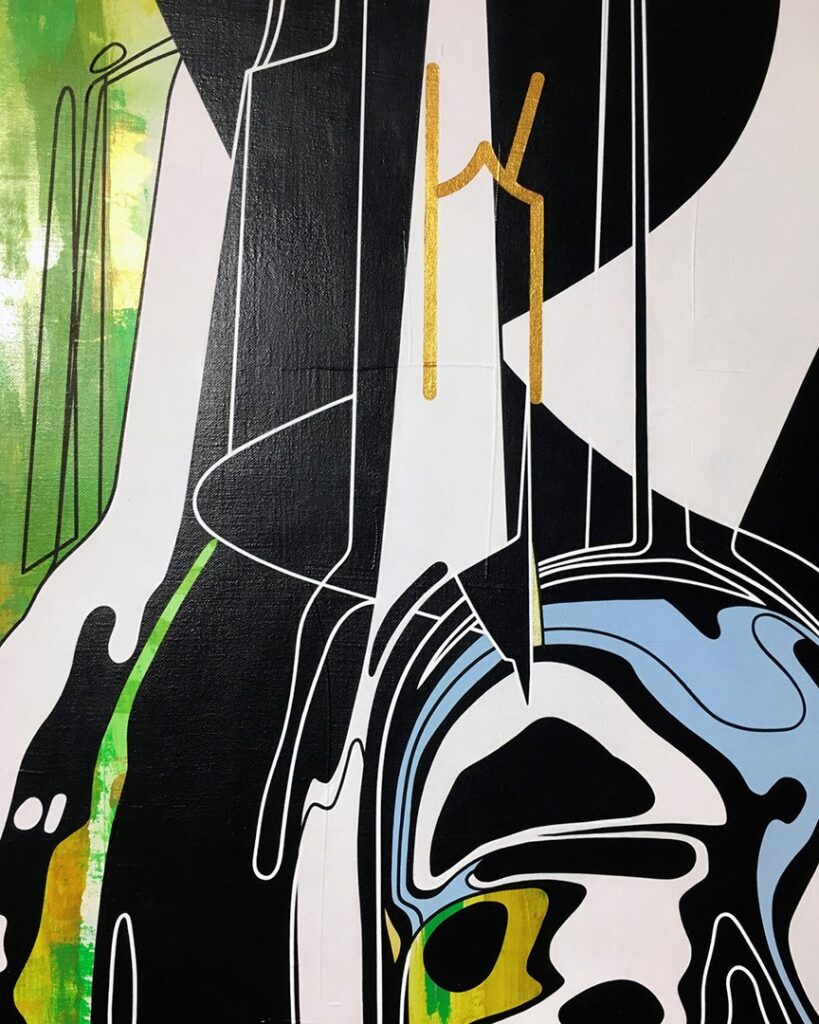Painting, Process, and Punctilious: In Conversation with Hugo Mulder DHM

If you’ve ever walked the streets of Amsterdam, you’ve passed a piece by Hugo Mulder DHM. The prolific artist, painter, and graphic designer has been marking his hometown with colourful, painstaking line work (in the form of stickers, paste-ups and epic murals) since 2001—and building up a cult following in the process. Among that following: a prestigious list of clients and collaborators including Nike, Adidas, and Coca-Cola.
With more than 80 solo and group shows under his belt, plus his own limited-edition art book, Mulder’s profile only continues to rise. Next up: Punctilious, a self-curated exhibition of his recent work alongside fellow street-art legends DOES and The London Police. So, how did he go from 80s graffiti punk to in-demand creative? We recently sat down with him to find out.


When did you first become interested in art and design?
I grew up seeing a lot of art. I have a big art collector in my family and my parents had books on artists like Picasso and Karel Appel that I was always reading as a kid. Eventually I was trying my own Picasso and Appel paintings and in ’84 I started doing graffiti with my friends. That got me hooked on working with colours and shapes. This naturally evolved into graphic design and then street art and fine art.
As you mentioned, your work intersects different aspects of the art world, from graffiti to graphic design, street art and curating as well. Why?
The good thing about working in different styles is that I’m never bored. Sometimes I’ll spend a long time on one style and get the itch to move to another and that’s the fun of it. It doesn’t matter if it’s a logo or if it’s a mural or a canvas. I just like to do it all.


How do you approach a blank canvas?
For me, it always starts with a story. Usually, I already have the characters that I want to paint in mind. I work with photographs and other elements digitally first before I decide if a character is good enough. Then I’ll start on the canvas with the abstract background. That’s one of the most fun parts because you can really schlep the paint on there or use spray cans and markers. You can just go wild on the canvas. And that goes back to my graffiti background.
So, you’re using these analogue techniques to make something that’s highly stylized and digital-looking. How did that come about?
As a graphic designer, I really like what you can do with a computer. You can make perfect lines, perfect shapes, and that’s pretty easy to do digitally—but it’s something that I rarely see on canvas.
I don’t know how it came about, but I started trying to paint canvases as tight and as perfectly as a computer. I’ll use a computer to design it, then hand paint that design on the canvas with the aim to be even better than the machine. It takes about six weeks to complete a single canvas. People look at it from far away and wonder if it’s printed but, when they come closer, they see it’s all painted.


That sounds like it takes a lot of discipline. Is it a meditative process for you?
It could be. The nice thing about creating is it doesn’t matter what you’re creating, it’s about the time you put into it. For me, if I have something in my mind, I want to see that appear. So, I don’t want to stop working if I don’t see what I want to see. That probably is a meditation thing because once I start, I’m really in it.
What do you think is more important artist intent or viewer interpretation?
If people really think about what they’re looking at and they sort of come up with their own ideas, I like that. That’s perfect. It’s not that I’m trying to persuade people or something. You like it, or you don’t like it, and you can feel something and that’s what it’s about. If I wanted to make a statement, I would use text. There are a lot of stories behind my paintings, but I like people to sort of find it out for themselves.


What do you think it is about Amsterdam and The Netherlands that fosters so much creativity?
Amsterdam is known all over the world for progressive thinking. And that’s attractive to artists who come over here and feel that vibe everywhere. I think it goes back to the golden age—the famous painters like Rembrandt, Van Gogh—the freedom to do what you want to do here just works well for creative people.
How does that tie into your new show, Punctilious?
I wanted to bring together artists that approach their work in the same way as I do, but with very different results. So, with this show you’ll see a cohesive story through the techniques and attention to details rather than style and subject. And I think that offers something fresh and interesting to come and see.
Catch Hugo’s work at art’otel Amsterdam’s latest exhibition, Punctilious, until 21st July.
